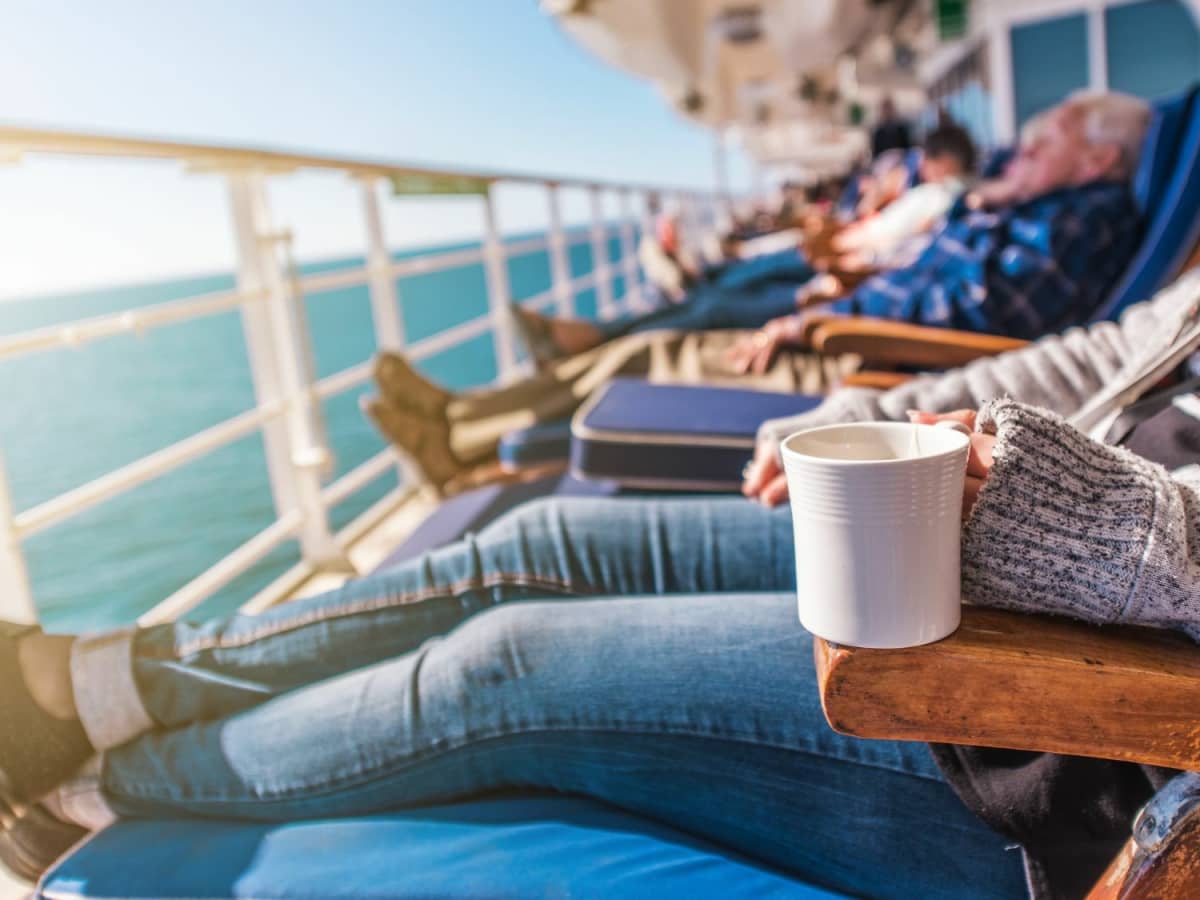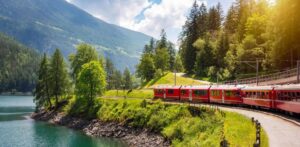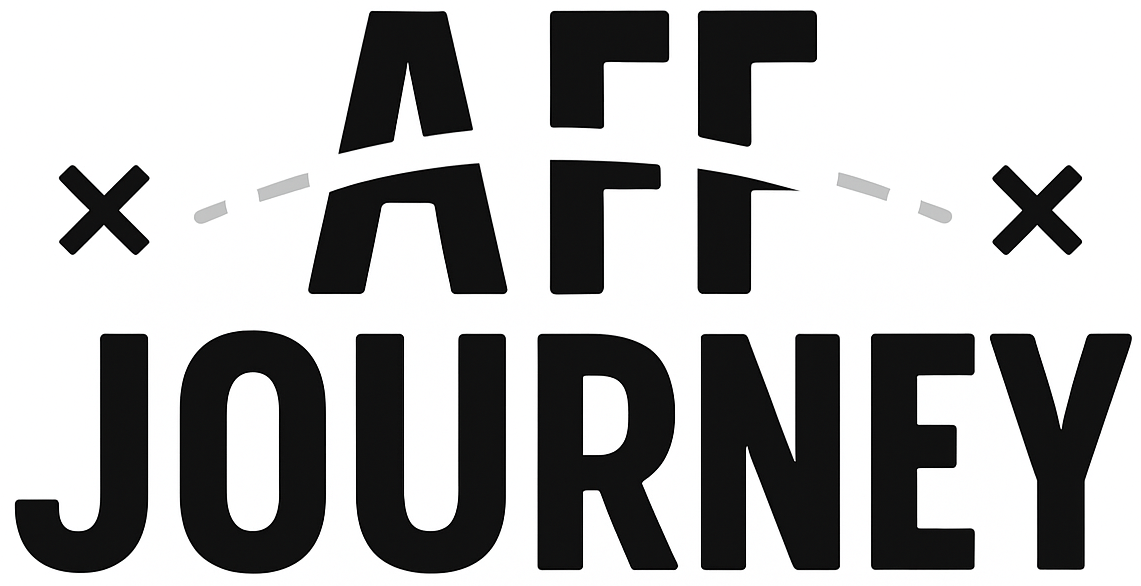© 2025 AffordableJourney. Built with care by our team. All rights reserved.
The Unexpected Friendships I Made Crossing the Pacific
By Hannah Greer
Stranger after stranger became a part of my story—until we felt like family.
The Leap: Booking a Journey Into the Unknown
When I booked a ticket for a three-week Pacific crossing, I imagined sunrises over endless water, maybe some quiet reading time, and a sense of accomplishment when we finally docked. What I didn’t imagine—what I couldn’t have planned for—was the group of people who would turn those 21 days at sea into one of the most unexpectedly meaningful chapters of my life.
I’m an introvert by nature. The idea of being stuck on a ship with a few hundred other passengers was, frankly, intimidating. Sure, there’d be cabins to retreat to and decks where you could find solitude, but I worried about the small talk, the polite nods, the “Where are you from?” conversations that never go much deeper.
The Pacific crossing wasn’t just a quick hop—it was a slow, deliberate movement across one-third of the planet’s surface. We would leave the bustling port of Vancouver, cut down the western coast, and then swing out into open ocean, days away from any landmass, heading toward Japan with a few island stops in between.
I thought this would be about the ocean. The rhythm of the waves. The clean break from my everyday routines. In many ways, it was. But more than anything, it became about the people I met—people who started out as strangers at the next dining table and ended up as the kind of friends you trust with your most unfiltered stories.
Looking back, it’s almost comical how worried I was that I’d “keep to myself.” The Pacific had other plans.

The First Encounters: Breaking the Ice Over Coffee
The first person I connected with was Bernard, a retired French literature professor from Marseille. I was sitting alone in the ship’s café on the second morning, sipping coffee and pretending to read, when he asked if he could join me. His opening line wasn’t the usual “Where are you from?” but, “Do you think the ocean is more beautiful at dawn or dusk?”
That question opened the door to a conversation that lasted almost two hours. Bernard spoke about books and philosophy and how travel is “a way of expanding the soul.” He introduced me later to his wife, Celeste, a painter who carried a small sketchpad everywhere, capturing quick impressions of the sea in swirling shades of blue.
Then came Ava and Mateo, a young couple from New Zealand who were doing a “world loop” voyage before settling down to start a family. We met during a lifeboat drill, of all places, when we were both trying—and failing—to fasten the straps on our bright orange life vests. We laughed through the safety instructions and made plans to meet at the buffet for dinner.
By the end of the first week, I’d also fallen in with an unlikely duo: an Australian marine biologist named Sarah, who could identify almost any seabird at a glance, and a tech consultant named Raj, who had never seen the ocean until this trip. Somehow, we all ended up at the same trivia table one afternoon and decided to stick together for future games.
What struck me most about these encounters was how quickly the ocean stripped away the formalities. There’s something about being days from shore, watching the same sunrises and sunsets, that makes people skip the surface-level chatter and jump straight to real conversations. We talked about childhood dreams, mistakes we’d made, moments we wished we could relive.
These early friendships set the tone for the rest of the voyage. And though I’d come aboard thinking this would be a solitary adventure, I began to realize that shared moments—coffee with Bernard, a laugh with Ava, a trivia win with Sarah and Raj—were giving the trip its heartbeat.

Life in the Middle of Nowhere: Bonds Forged at Sea
Something shifts when you’re in the middle of the Pacific, with no land in sight for days. The horizon becomes a constant—an unbroken line of blue that you share with the same faces every morning. It’s not like city life, where you brush past hundreds of strangers without a second glance. Here, people become part of your routine.
Mornings often started with a small group on the upper deck. Bernard would bring his espresso, Celeste would be sketching, Sarah would scan the skies for albatrosses, and I’d have my camera ready. We didn’t always talk much—sometimes it was enough just to be there together, watching the day wake up.
Afternoons were when the real magic happened. The ship’s activities ranged from lectures on Polynesian navigation to cooking classes and photography workshops. I wasn’t a joiner back home, but here, I found myself attending almost everything—and usually with one or more of my new friends.
The real glue, though, was the shared dinners. Every evening at 7:30, we’d gather at the same table in the main dining room. The conversations were lively, often hilarious, occasionally deep enough to draw tears. Mateo taught us Kiwi slang; Raj confessed he was terrified of deep water and was only on this trip to face his fear; Celeste sketched quick portraits of us on paper napkins.
One night, the captain invited passengers to join him on the bridge to watch a meteor shower. We bundled up against the cold and stood shoulder to shoulder, eyes tilted skyward. When the first streak of light shot across the black sky, Sarah whispered, “It’s like the ocean threw a spark into the stars.” In that moment, we weren’t just fellow passengers—we were co-authors of a memory no one else would fully understand.
It’s funny how, in regular life, friendship can take months or years to build. Out here, with the ocean as the backdrop and time slowed to a crawl, connections formed in days. I began to understand why so many travelers say their best friends are people they met on the road—or, in my case, at sea.




